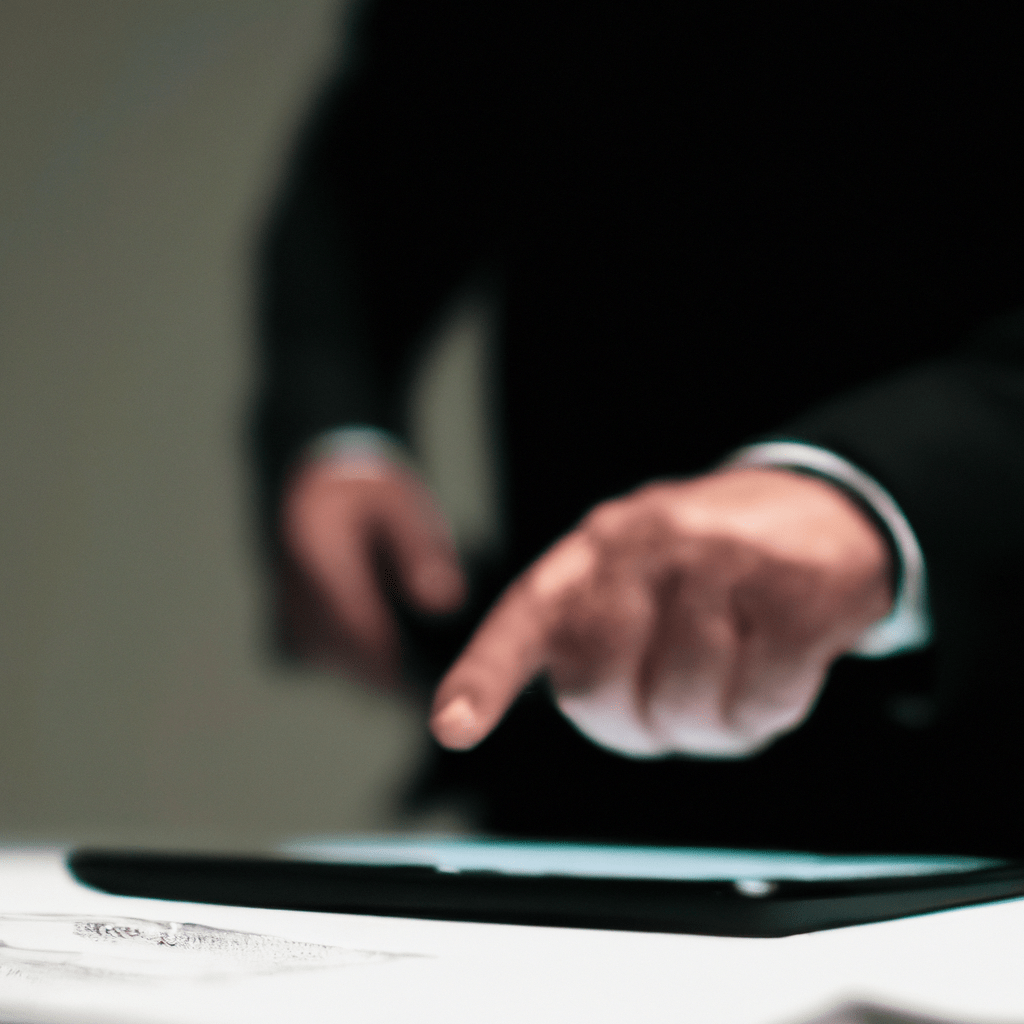While the digital revolution allowed business owners to expand their reach across countries and enhance their customer base, that’s not all. It also allowed what was once a shop on the main street to grow into a global empire, with customers able to shop from hundreds of miles away while providing a unique shopping experience to those who visit the physical store.
However, with online retail sales snowballing over the years, many people are left wondering if the future of retail is online.
However, there are reasons to believe that retail stores will not be phased out anytime soon.
What is The Future of Retail Business, Both Offline and Online?
Offline Stores Still Play an Important Role in Retail
Most people believe online stores will be the norm, with almost everything getting digitalized today.
However, this trend may resemble similar past trends, such as those in the journalism sector, when online seemed to be the way of the future. However, today’s newspapers still need to establish a profitable offline and online income model.
But will the retail industry follow suit in the future?
While we don’t know if it will happen, one cannot deny that Amazon is the sole online retailer in the top ten retail businesses. However, it still ranks 7th in the retail market, behind giant competitors like Walgreens and Walmart.
According to Forbes writer Barbara Thau, other elements suggest that brick-and-mortar businesses, rather than online retailers, are the future of retail.
One such indicator would be conversion rates. People who visit physical stores are far more likely to purchase than those who visit online stores.
Another arguably more convincing reason is that brick-and-mortar businesses have gone on an acquisition spree, buying out small online competitors and threatening the future of e-shopping.
Even Amazon appears to be striving to make a case for brick-and-mortar stores.
Its recent takeover of Whole Foods for about $14 billion, and the multiple brick-and-mortar bookstores it opened, convey the belief that the company expects a successful future approach that will employ a combination of online and offline tactics.
However, more than one of those channels may be needed to keep a long-term competitive edge.
In offline retail businesses, customers and consumers might have radically different experiences than online.
Moreover, a store’s sights, sounds, and human connections are difficult to replicate.
Nevertheless, they will almost certainly be a driving force in brick-and-mortar survival.
The Online Retail Sector is Booming
There’s no denying that online shopping is on the rise. And when we say “online,” we don’t just mean using a computer to make a purchase.
In fact, there are various other factors to consider while planning for the future of retail. For example, as VR technology advances and approaches real-world recreation.
Many of the experiences that were formerly thought to be exclusive to the physical world can now be replicated in the digital realm.
Hence, seeing how things would appear to you, strolling through a digital store, and connecting with other people digitally may take away a lot of the appeal of offline retail stores.
Moreover, artificial intelligence will also have a significant impact.
As our ability to use data improves and we become more connected to the digital world, the online purchase experience may become much more “natural.”
While we’re constantly bombarded with customized advertisements, news, and other information, it is far from ideal.
However, we can expect a tremendous improvement in the future. As a result, the ability to anticipate our wishes and preferences may become too tempting to ignore, gradually eroding the perks of brick-and-mortar stores.
Besides this, fast delivery can be another factor that has contributed to the growth of online retailers.
Remember how it used to take at least a few days to receive something ordered online a few years ago.
But thanks to the advent of technology and the development of online retailers’ own delivery chains, same-day or next-day deliveries have become the norm, and customer expectations have changed.
In addition, since making an online purchase is getting more convenient, it is fueling future demand with quick delivery times.
While most of us may not think it matters, individuals who live in rural areas or small towns or need things that aren’t readily available near them may find this their preferred shopping mode.
For example, big chains like Noon and Amazon successfully adopted or used this tactic by strategically placing huge stores near isolated communities; speedy delivery provides similar benefits without the costs.
Embrace Omnichannel Retailing
Although your consumers won’t always buy from your physical store, according to IBM research, the store still has the most decisive influence on buyer behaviour.
How consumers interact with any product or service significantly impacts their opinions and decisions.
For example, many customers will conduct research online; thus, providing them with the necessary information will benefit them in purchasing.
So, if you’re not online, you’re missing out on a vast segment of the population using the internet to research before shopping.
By adopting the Omnichannel model, traditional retailers can offer deeper interaction and more meaningful experiences for their customers, one that pure-play online businesses will have difficulty replicating.
In addition, this will enable you to combine critical initiatives such as in-store returns for online shopping and allow customers to see stock levels in-store.
How Can Businesses Integrate Offline and Online Retail?
Customers can interact with your brick-and-mortar and online stores during their buying journey, not to mention other channels such as social media and marketplaces.
Hence, the key to building a positive customer experience is to ensure that their interactions are consistent across all touchpoints.
Make it hassle-free for your consumers to shop with you via whatever channel they like.
For example, your walk-in customers should be given information about the company website. Also, please make sure your website correctly shows the locations of your offline stores.
Now let’s look at how businesses can integrate these two models.
So whether you’re brand new to eCommerce or want to breathe new life into an old one, here are some pointers for maximizing your online store’s potential and expanding your reach across channels.
- Use a single system for multiple channels.
Major brick-and-mortar retailers can use their established logistics networks for their new eCommerce site.
Integrating online and offline sales channels is undoubtedly the most challenging aspect of having a successful brick-and-click company.
Moreover, to avoid overselling or underselling, inventory must be kept in sync. So if a single list is maintained, a non-available item may be sold by mistake, but an available item may sit in stock unnecessarily if different backlogs are used.
The optimum strategy is to adopt a single integrated point-of-sale system (POS) for online and offline store sections. It must be a fully automated, real-time system that seamlessly integrates inventory across all channels to improve and simplify accounting operations.
- Diversify your channels.
One of the benefits of transitioning from offline to online is that you don’t have to limit yourself to having both a brick-and-mortar and an online store. In fact, you can explore numerous channels in the online world. The more people you reach out to, the more customers you’ll be able to attract.
- Offer fulfilment options.
Allow website visitors to pick up their products (or return them) at one of your physical stores and special delivery rates and prices.
Moreover, curbside pickups and BOPIS are other options for increasing foot traffic to your physical locations while also delivering convenience to your clients. For customers who don’t want to visit in person, you can offer ship-from-store choices and leverage your physical store merchandise to fulfil orders.
Bring digital tech to the physical store.
For many years, eCommerce’s focus has been on replicating the offline shopping experience online using augmented reality and movies to give shoppers a genuine experience with the products. However, there is a rising trend of bringing some of the benefits of online commerce to the real world.
Previously, shopping in-store was considered an adventure, whereas buying online was solely considered a convenience.
However, we’re now seeing that the opposite is true. People now want their in-store experience to be as effective and efficient.
For that goal, retailers implement digital technology such as interactive digital signage and contactless checkout to help customers find what they need faster.
The latter grew in popularity during the COVID-19 pandemic and the social distancing era.
According to research, 87 per cent of customers prefer to purchase in stores that offer contactless checkout.
Finding ways to enhance your physical store to create a more seamless experience, even if it’s only an integrated POS system, can make shopping easier offline and online.
Conclusion
So what is the future of retail business, both offline and online? Unfortunately, as with most other things, predicting what the future holds for retail companies is impossible right now.
Claims that online shops will take over and that we’ll buy everything online should be taken with a grain of salt.
Finally, it may depend highly on the specific retailer and human ability to develop new ideas and solutions.
However, if physical and digital retailers wish to survive and grow, they must adapt to this digital shift and integrate offline and online relationships. Agile capabilities, usually missing in the retail industry, will be critical.
Published by

Marketing & Brand communication

Experienced marketer with a diverse background in marketing and brand communication across industries.Bringing valuable knowledge and expertise to create successful strategies




